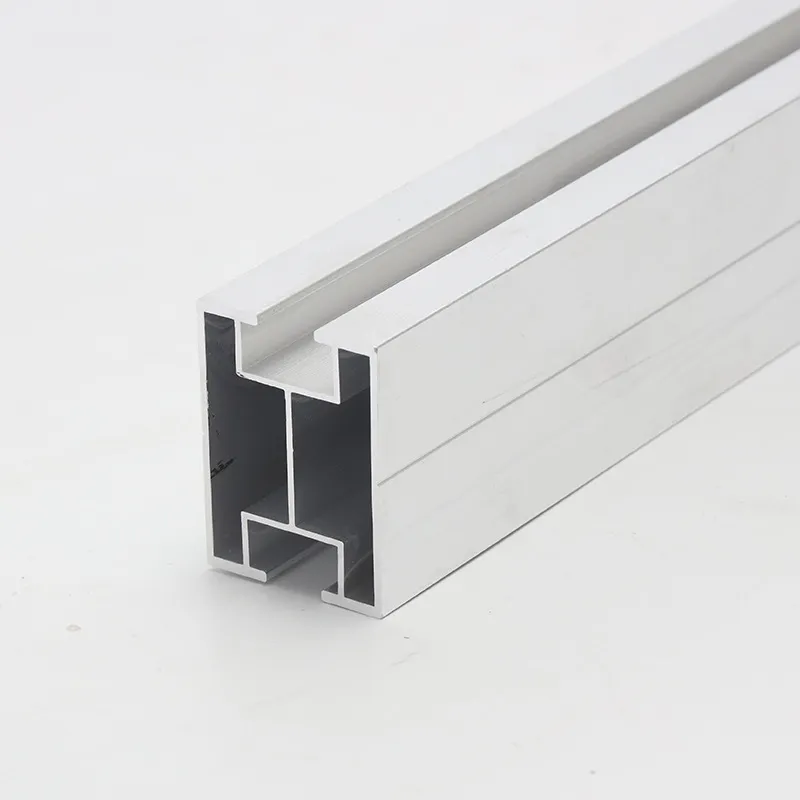

m8 penny washer
Nov . 17, 2024 19:08 Back to list
m8 penny washer
Understanding M8 Penny Washers The Unsung Heroes of Fasteners
In the world of construction and mechanical engineering, every component plays a vital role in the integrity and functionality of a structure or machine. Among these components, the M8 penny washer is often overlooked, yet it performs a crucial task in ensuring the stability and durability of connections.
What is an M8 Penny Washer?
An M8 penny washer is a flat, round piece of metal with a central hole designed to fit over an M8 screw or bolt. The diameter of the washer typically measures around 16mm, and it is characterized by its thin profile and large surface area. The M8 designation refers to the metric measurement of the screw or bolt's diameter, which is 8mm. The term penny washer originates from its larger size compared to traditional flat washers, resembling the size of an old penny.
Purpose and Benefits
The primary purpose of an M8 penny washer is to distribute the load of a fastening mechanism evenly over a larger surface area. When a bolt is tightened, it can exert a significant amount of pressure on the material it is fastening. Without a washer, this pressure could lead to indentations or damage to the surface, especially if the material is softer than the bolt or screw.
By using an M8 penny washer, the load is spread out, reducing the risk of damage and improving the overall strength of the assembly. This distribution is particularly important in applications where the connection sees dynamic loads, vibrations, or potential for movement. With the added support of a washer, connections can withstand more tension and shear forces, ultimately leading to a more reliable and longer-lasting assembly.
Material and Design
m8 penny washer

M8 penny washers are typically made from materials such as steel, stainless steel, or plastic. The choice of material depends significantly on the application and environment in which the washer will be used. For example, stainless steel washers offer superior corrosion resistance, making them ideal for outdoor or marine applications. On the other hand, plastic penny washers may be employed in electrical applications where preventing metal contact is critical.
The design of the penny washer also contributes to its effectiveness. The broader surface area minimizes the risk of loosening under vibration, as it provides a greater friction surface that resists rotational movement. Additionally, some washers feature a slightly beveled edge, which can help guide the washer into place and assist with alignment during assembly.
Common Applications
M8 penny washers can be found in a multitude of applications across various industries. In automotive manufacturing, these washers ensure the longevity and safety of critical components. In construction, they are frequently used when securing metal components, wooden structures, or machinery. Electrical applications also see the use of M8 penny washers, particularly in securing grounding connections.
Installation and Best Practices
When installing an M8 penny washer, it is essential to ensure that it is placed correctly to maximize its benefits. The washer should be positioned between the bolt or screw head and the surface of the material being fastened. Proper torque specifications should be followed when tightening the bolt, as overtightening can lead to deformation of both the washer and the components it is securing.
In conclusion, while the M8 penny washer may not often be in the spotlight, its roles and benefits are critical to the success of countless engineering and construction projects. By understanding its function and ensuring its proper use, engineers and builders can enhance the reliability of their assemblies and ensure safety and durability in their constructions. Whether in a home project or large-scale manufacturing, the M8 penny washer is indeed an unsung hero deserving of recognition.
Latest news
-
Hot Dip Galvanized Bolts-About LongZe|High Strength, Corrosion Resistance
NewsJul.30,2025
-
High-Strength Hot Dip Galvanized Bolts - Hebei Longze | Corrosion Resistance, Customization
NewsJul.30,2025
-
Hot Dip Galvanized Bolts-Hebei Longze|Corrosion Resistance&High Strength
NewsJul.30,2025
-
High-Strength Hot-Dip Galvanized Bolts-Hebei Longze|Corrosion Resistance&High Strength
NewsJul.30,2025
-
Hot Dip Galvanized Bolts-Hebei Longze|Corrosion Resistance&High Strength
NewsJul.30,2025
-
Hot Dip Galvanized Bolts - Hebei Longze | Corrosion Resistance, High Strength
NewsJul.30,2025

